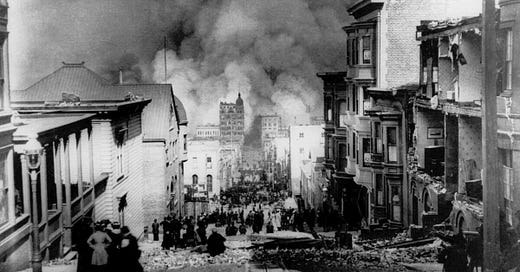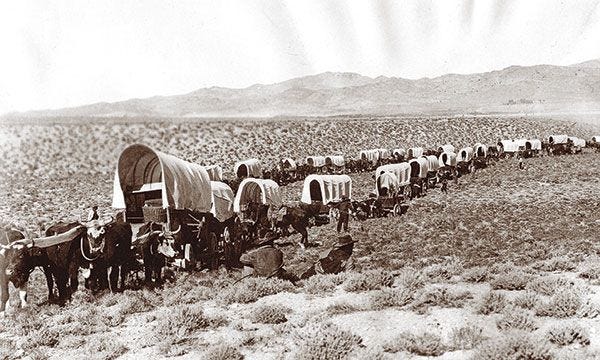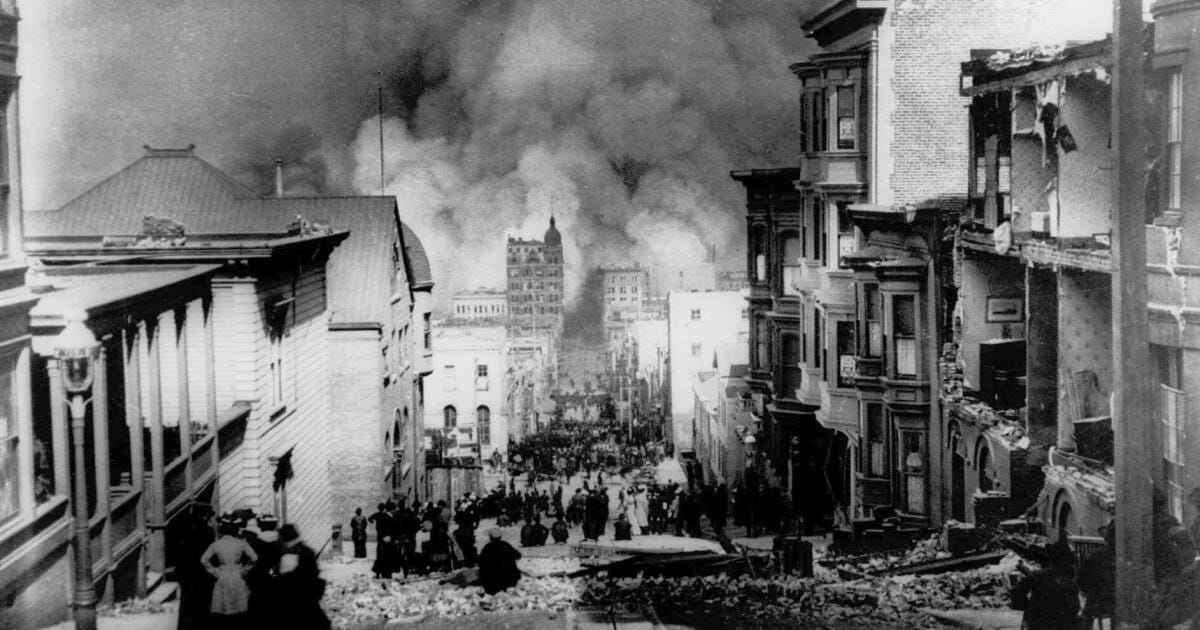My heart and soul go out to all affected by the LA firestorm.
Which is all of us.
I hope that none here have lost loved ones, pets, homes, or neighborhoods. But even most of us lucky ones have beloved friends, relatives, colleagues, and regulars in our lives who have suffered imaginable loss and trauma. Three of my oldest and dearest friends have lost their homes and everything they own. (I’ve written about them here.)
The emotional and physical toll on anyone who lives in LA is an ongoing nightmare. The psychic toll on anyone who lives in or loves California and feels this wound to our beloved state is profound. And anyone with a functioning brain should be reeling in horror at this graphic demonstration of what climate change and our continued inaction to save our planet has in store for ALL of us.
How are we to move forward? Besides donations to people I know and people I don’t, what do I do, personally?
Even before the fires, I was more committed than ever to write and post about California history.
I haven’t been posting regularly to this part of my Substack lately because I was 1) Working for the election. 2) Writing the first two books in a new mystery-thriller series (Which I’m writing for the first time with my husband. All I can say is, don’t try this at home, people!).
But Book 1 of Lost Highway is done, and Book 2 will be finished by the end of the month. It’s time for me to put more focus here.
The grotesque MAGA push to suppress any history that doesn’t glorify rapacious white men means this is an all hands on deck moment to preserve our true, unwhitewashed history— and democracy itself. California history is a vital part of that picture.
California has always had a mythos, and ethos, as a land of dreams. During the Gold Rush, people from all walks of society and all over the world saw a — well, golden — opportunity to make both their fortunes and new lives, to rise above the stations they were born into. People in trouble came for fresh starts; enslaved people risked their lives to flee the South and get here to find freedom; women found opportunities to work and to carve out independence from their husbands and patriarchal church doctrine.
They endured almost inconceivable danger and hardship just to make the journey.
And the vast wilderness between them and “The States” they’d left behind gave them the space and freedom to conceive of a freer society — and build it in one of the most beautiful places on earth.
That imagination paid off in art (at its best, Hollywood dreams for the entire world); innovation; and sheer wealth — today, California is the world’s fifth largest economy, measured by nominal GDP ($3.9 trillion), behind only Japan, Germany, China, and the US.
As the toxic influence of MAGA rises, we need California’s strength and vision to preserve the freedoms that are and will be under attack, and to dream for the rest of the country.
My mission with After the Gold Rush has always been to chronicle the stories of real people who created that more visionary society; to look at the events of US history from 1860 on from a California perspective; and to highlight women and historical figures from all races and across the gender spectrum — figures who are so often and so shamefully left out of the history books.
But the LA wildfires have brought on a whole other urgency to this work. A staggering percentage of Los Angeles has been consumed by the still-burning wildfires, and many places in California remain in jeopardy. People are in despair, wondering how it is even going to be possible to rebuild.
How we can combat the disastrous climate change that is only just beginning to show us what’s in store — I can’t even begin to address. But in regard to rebuilding, my ongoing deep dive into California history does show an inspirational way forward.
In 1906, San Francisco and an area spanning from Salinas to Eureka was hit by the deadliest earthquake of US history, of an estimated magnitude 7.9. The death toll that followed remains the greatest loss of life from a natural disaster in California's history and high on the list of worst American disasters. Over a period of just sixty years, San Francisco had become the ninth largest city in the country and the financial, trade, and cultural center of the West. In just a few short, horrific days, eighty percent of that city was destroyed. Two hundred thousand people—nearly half the population of the city— were left homeless.
But it wasn’t the earthquake that cause the most catastrophic damage. It was the fires. Between eighty and ninety-five percent of San Francisco’s structural damage was caused by fire. Over three thousand people were killed.
I am thankful beyond words that, miraculously, the current wildfires have not brought such a horrific loss of life.
In 1906, within days after San Francisco was leveled, city leaders gathered to discuss plans to rebuild. They saw a unique opportunity to rethink and rebuild better: including wider streets, huge parks, safer buildings, and a modernized sewer and water system.
So very many of the people I’ve been writing about on this site so far, and many I’ve to introduce, experienced the disaster and were instrumental in the rebuilding. There are so many riveting stories that I’ve planned out an entire book in the After the Gold Rush series on the events of the earthquake.
But it’s the rebuilding that is so incredible to me. The reconstruction was almost entirely accomplished in just eight years — largely completed by 1915, in time for the Panama-Pacific International Exposition, celebrating the city’s rise from the ashes. (Michael deYoung, the delinquent teenager who along with his even wilder brothers managed to avoid prison and become an unlikely newspaper mogul, would be instrumental in pulling off the Exposition, not entirely legitimately.)
The Palace of Fine Arts, built for the 1915 Exposition
In the process, there was greed. There was corruption. There was inequity. But there was also triumph after triumph.
San Francisco’s phoenix act is to me a miracle of optimism and determination over tragedy.
So in addition to moving forward chronologically from the Civil War on, I’ll be including characters and stories from later in San Francisco and California history, including the earthquake. Stories that prove it can be done, and it must, and it will.
Please stay safe, and don’t give up hope.
Alex
Read After the Gold Rush from the beginning:
Table of Contents:
Why subscribe?
After the Gold Rush is a reader-supported publication. To receive a monthly roundup of new posts and support this work, consider becoming a free or paid subscriber.
Share this post:








